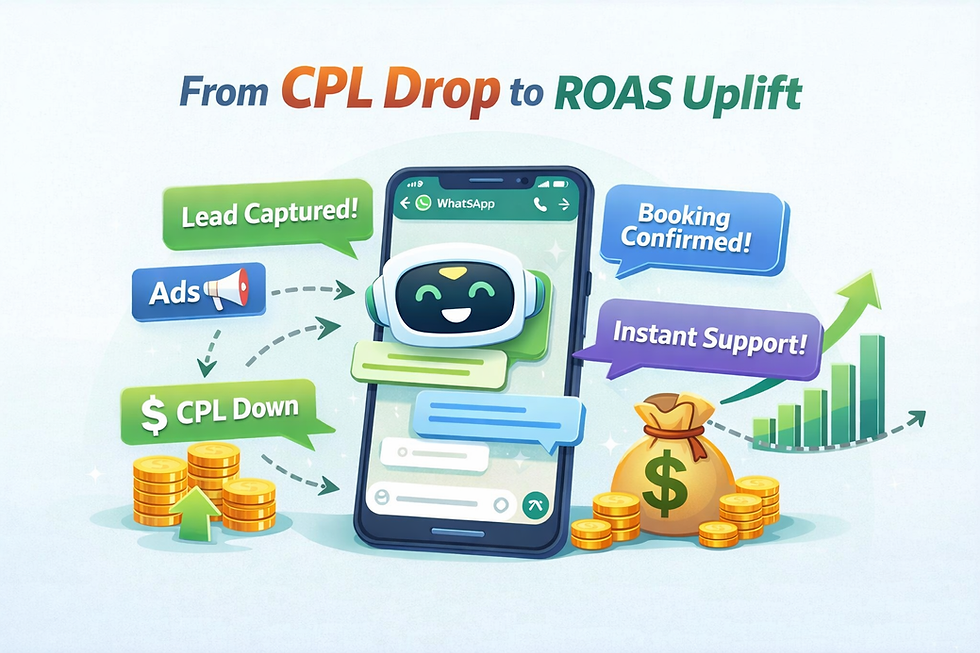'Future of HR Technology and Employer Branding post-Corona Era'
- Swapnil Jain

- Apr 29, 2020
- 3 min read
Updated: Oct 19, 2021
With the industry converting into a ‘gig economy’, how would digitization and technology adoption take shape?
These are highly challenging times, affecting each one of us in one way or the other. As a company, our first responsibility is our employees and their welfare. Work from Home has become a very frequently used phrase today, besides the other majorly used word, lockdown and, COVID-19. Fear has become the driving force and one of the reasons why ‘gig economy’ is seeing an upsurge.
"COVID-19 is rapidly bringing the greatest transformation in workplaces around the world."

We have to accept that ‘work from home’ is the new normal. However, there is a setback. With the massive adoption of the gig economy, companies will have insufficient time to brief gig workers on complex HR systems. HR organization will be spending lesser hours at the workplace and will need to work with teams, virtually.
If that may not be a major roadblock, the next big question is – Are the HR Teams ready to face these changes that the gig economy will bring with it in the current situation? There is definitely a huge gap between what the HR wants and what the virtual workforce wants.
Let me give you the 5 secrets on how Traditional HR can make the transition towards Modern and Digital HR.
1. Digital Resumes, Assessment, Interview, and Selection:
a. Drastic shift from the current recruitment process involving multiple physical rounds of interviews with the candidate to digital resumes, assessments, video interviews, and online selection. It’s possible you’ll never meet your new employee.
2. Hourly Gig Payments
a. The biggest advantage employers will see in this gig economy will be the kind of payments being made to the employees (contract or freelance). These will not be monthly payments but will move to an hourly model. This can save dollars to employers.
3. Geo-Agnostic Technology for Time-In/Out
a. Who would want to use biometric today? The future is one where location services such as geofencing will recognize the virtual employee the moment they are at "Home Work Premises" and mark them as a present for that day. There are technology solutions available that can mark an employee’s attendance from anywhere in the world and record location, time, etc.
4. AI and cognitive technologies
a. “To AI or not to AI” is now the question of the past. Organizations who believed their business was too small to do so, have no other choice but to adopt AI and Cognitive technologies for Talent Acquisition, Talent Development, and Optimizing HR operations.
5. Chatbots/Intelligent smart Assistants as the Helpdesk
a. Face to face Conversations drifts to Virtual Conversations. Traditional ways of HR support such as, meeting HR, Calling HR-based call-centers are going to be quickly replaced by AI-Powered chatbots/Virtual Assistants for basic MCQs and faqs. Messenger apps like WhatsApp is taking over everyday conversations and work too.
b. When employees don’t want to travel, sales teams are reluctant to go in the market, thus we have no other choice than adopting collaborations tools at the workplace, and move to conversational platforms. It becomes easier for people to send messages on real-time basis and get quick responses automatically by "Robotic Virtual Assistant".
Thus, these are the 5 secrets of success to becoming a successful organization in a gig economy. Be wit the world and with the Virtual and Digital Workforce.
Practical AI – A voice-based robotic assistance for seamless employee communication
Voice-based robotic assistant powered by artificial intelligence (AI) has gone from insignificant to nearly mandatory in these trying times. Though we all are aware of voice-based assistants like Siri, Alexa, Google, but does an employee really need this? Will it impact in any performance amplification?
“What can make a difference is Voice-Based AI for the digital workplace, which can handle chats, conversations, scheduling meetings, travel requests, leave requests with a voice command, and be 24X7 without any human interference?”
Voice-based AI technology has the power to amplify productivity and improve how employees will interact with the new virtual organization. Whether they need to make a conversation with Finance, HR, or Sales & Marketing, the voice-based AI assistant can drive true productivity to your virtual employees.
Though there may not be enough proven cases around, there is a demand wherein organizations are warming up to implement AI-Powered Chatbots and Voice Assistance. So, gig economy or not, let’s mend our perceptions because we’re going to be in a long gig.
Stay connected!
Swapnil Jain
CEO-ORAI Robotics
Stay in contact with ORAI




Comments